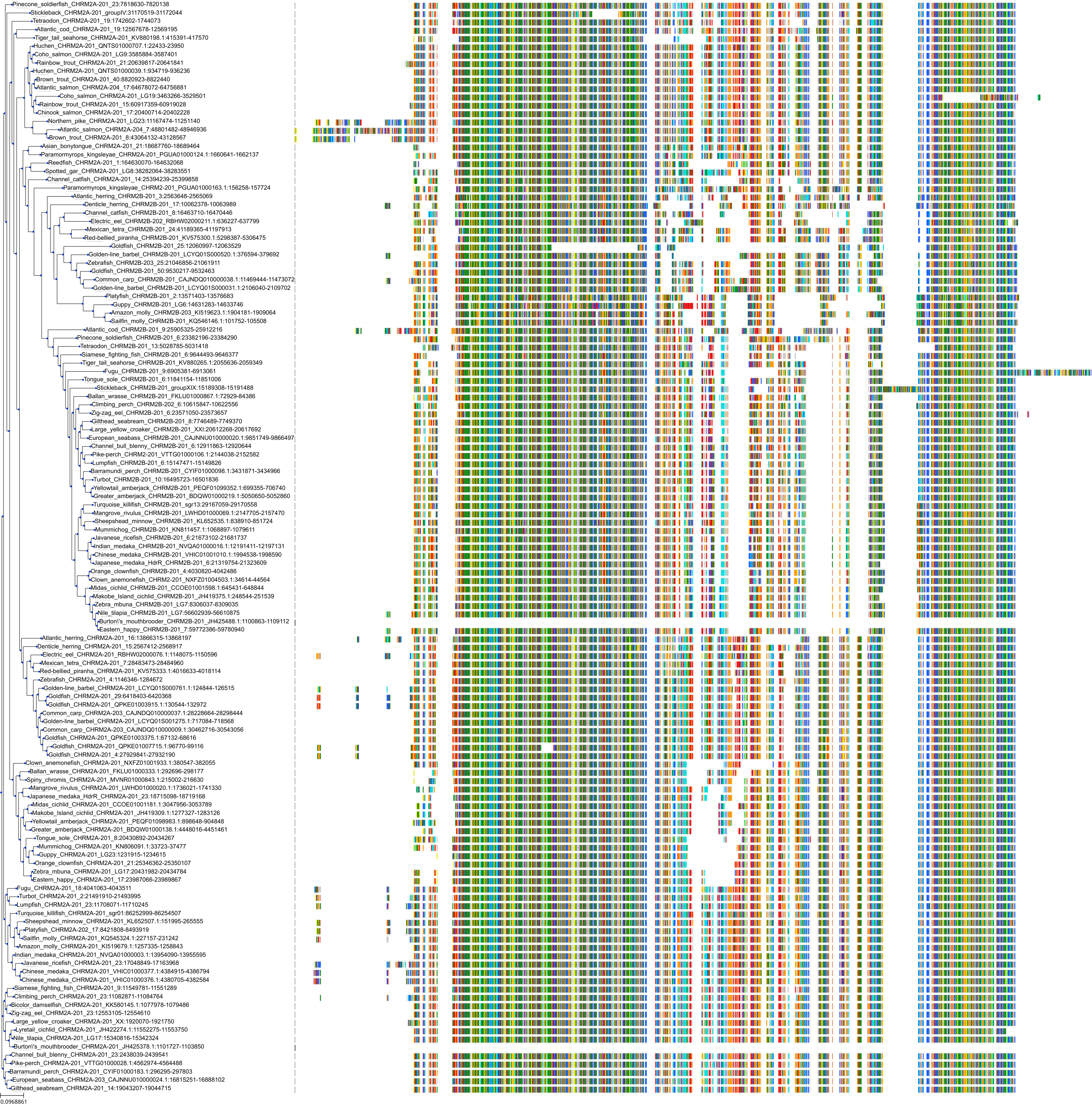| Trade Names | |
| Synonyms | |
| Status | |
| Molecule Category | Free-form |
| ATC | A03BA01 S01FA01 |
| UNII | 7C0697DR9I |
| EPA CompTox | DTXSID4020113 |
Structure
| InChI Key | RKUNBYITZUJHSG-SPUOUPEWSA-N | |
|---|---|---|
| Smiles | ||
| InChI |
|
Physicochemical Descriptors
| Property Name | Value | |
|---|---|---|
| Molecular Formula | C17H23NO3 | |
| Molecular Weight | 289.37 | |
| AlogP | 1.93 | |
| Hydrogen Bond Acceptor | 4.0 | |
| Hydrogen Bond Donor | 1.0 | |
| Number of Rotational Bond | 4.0 | |
| Polar Surface Area | 49.77 | |
| Molecular species | BASE | |
| Aromatic Rings | 1.0 | |
| Heavy Atoms | 21.0 |
Bioactivity
| Mechanism of Action | Action | Reference | |
|---|---|---|---|
| Muscarinic acetylcholine receptor M1 antagonist | ANTAGONIST | Wikipedia FDA ISBN |
|
Protein: Muscarinic acetylcholine receptor M2 Description: Muscarinic acetylcholine receptor M2 Organism : Homo sapiens P08172 ENSG00000181072 |
||||
|
Protein: Muscarinic acetylcholine receptor M1 Description: Muscarinic acetylcholine receptor M1 Organism : Homo sapiens P11229 ENSG00000168539 |
||||
|
Protein: Muscarinic acetylcholine receptor M3 Description: Muscarinic acetylcholine receptor M3 Organism : Homo sapiens P20309 ENSG00000133019 |
||||
| Targets | EC50(nM) | IC50(nM) | Kd(nM) | Ki(nM) | Inhibition(%) | ||
|---|---|---|---|---|---|---|---|
|
Enzyme
Hydrolase
|
- | - | - | 0-1 | - | ||
|
Ion channel
Ligand-gated ion channel
Nicotinic acetylcholine receptor
|
- | - | - | 32500 | - | ||
|
Ion channel
Voltage-gated ion channel
Voltage-gated sodium channel
|
- | - | - | - | 5 | ||
|
Membrane receptor
Family A G protein-coupled receptor
Small molecule receptor (family A GPCR)
Monoamine receptor
Acetylcholine receptor
|
- | 1-5 | 1-2 | 0-19 | - | ||
|
Transporter
Electrochemical transporter
SLC superfamily of solute carriers
SLC22 family of organic cation and anion transporters
|
- | 12200 | - | - | 77 |
Related Entries
Cross References
| Resources | Reference | |
|---|---|---|
| ChEBI | 78734 | |
| ChEMBL | CHEMBL517712 | |
| DrugBank | DB00572 | |
| DrugCentral | 260 | |
| FDA SRS | 7C0697DR9I | |
| Human Metabolome Database | HMDB0014712 | |
| Guide to Pharmacology | 320 | |
| KEGG | C01479 | |
| SureChEMBL | SCHEMBL2812 |



























